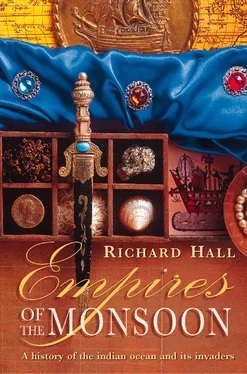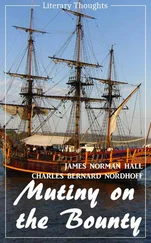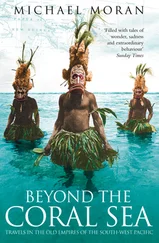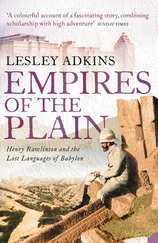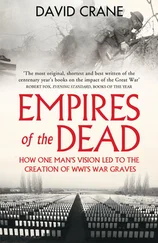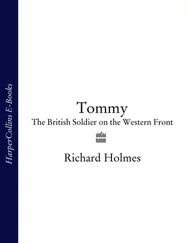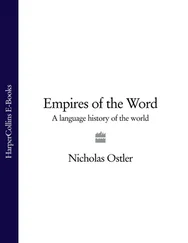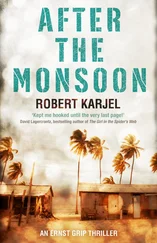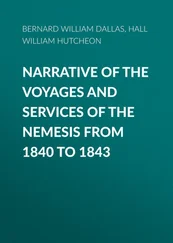The decision to send spies to the East had been taken early in 1487, and simultaneously three caravels were being prepared for a decisive effort to reach the southern end of Africa and find a way into the Indian Ocean. This was the culmination of seventy years of Portuguese effort, during which geography had proved a far more frustrating obstacle than could ever have been imagined by the long-dead Prince Henry. Already the voyages of exploration went as far beyond the equator as Portugal was to the north of it, yet still the African coastline ran due south.
The Portuguese captains continued to put up stone pillars, surmounted by crosses, on prominent headlands. These landmarks in the unknown were reassurances to the men who came by on subsequent voyages, and challenged them to go further. The captains were always anxious about the moods of their crews, in cramped and comfortless ships amid stormy seas. The greater the distance from Europe, the greater the risk of mutiny. Superstitious sailors feared they might sail off the end of the world into oblivion.
The tested and resourceful captain chosen to lead the three caravels to the end of Africa was Bartolomeu Dias. Although Covilham must have known him, or at least have heard of his plans, there is little likelihood that they would have discussed the chance of meeting somewhere in the Indian Ocean during their respective journeys. With success seemingly so close, and fears of Spain’s jealous rivalry so strong, few confidences were exchanged in Lisbon during the fifteenth century’s closing decades.
The small group who gave Covilham and Paiva their final instructions met in ‘great secrecy’ in the house of an aristocrat, Pêro de Alcacova. Present were the future king, Manuel, then Duke of Beja, and two Jewish ‘master doctors’, Moses and Roderigo. One of these was a royal physician, and both were renowned cosmographers. The importance plainly being attached to the covert expedition shows how the Portuguese still feared there were unknown hazards which might yet snatch away success. The orders to make contact with ‘Prester John’ equally reflected the hope of forging an alliance with a friendly monarch whose ports could offer safe havens to the Portuguese caravels.
Seemingly never in doubt was the prospect of ‘breaking through’ to the Indian Ocean. The two cosmographers told Covilham that they had found a document (nothing more is said about it) regarding the passage between the Indian Ocean and the Atlantic. The existence of Sofala, the southernmost port on the eastern coast of Africa, was by now well known – although it had never been seen or described by any European – and that was one of the places Covilham knew he must visit in due course.
Конец ознакомительного фрагмента.
Текст предоставлен ООО «ЛитРес».
Прочитайте эту книгу целиком, купив полную легальную версию на ЛитРес.
Безопасно оплатить книгу можно банковской картой Visa, MasterCard, Maestro, со счета мобильного телефона, с платежного терминала, в салоне МТС или Связной, через PayPal, WebMoney, Яндекс.Деньги, QIWI Кошелек, бонусными картами или другим удобным Вам способом.
